Carat Chronicles: Tracing the Diamond’s Measure of Magic
What are the stories behind the origins of the Carat — a now standardised unit of measuring natural diamonds and other precious stones? What were its precursors in various regions around the world, and how did it come to be standardised?
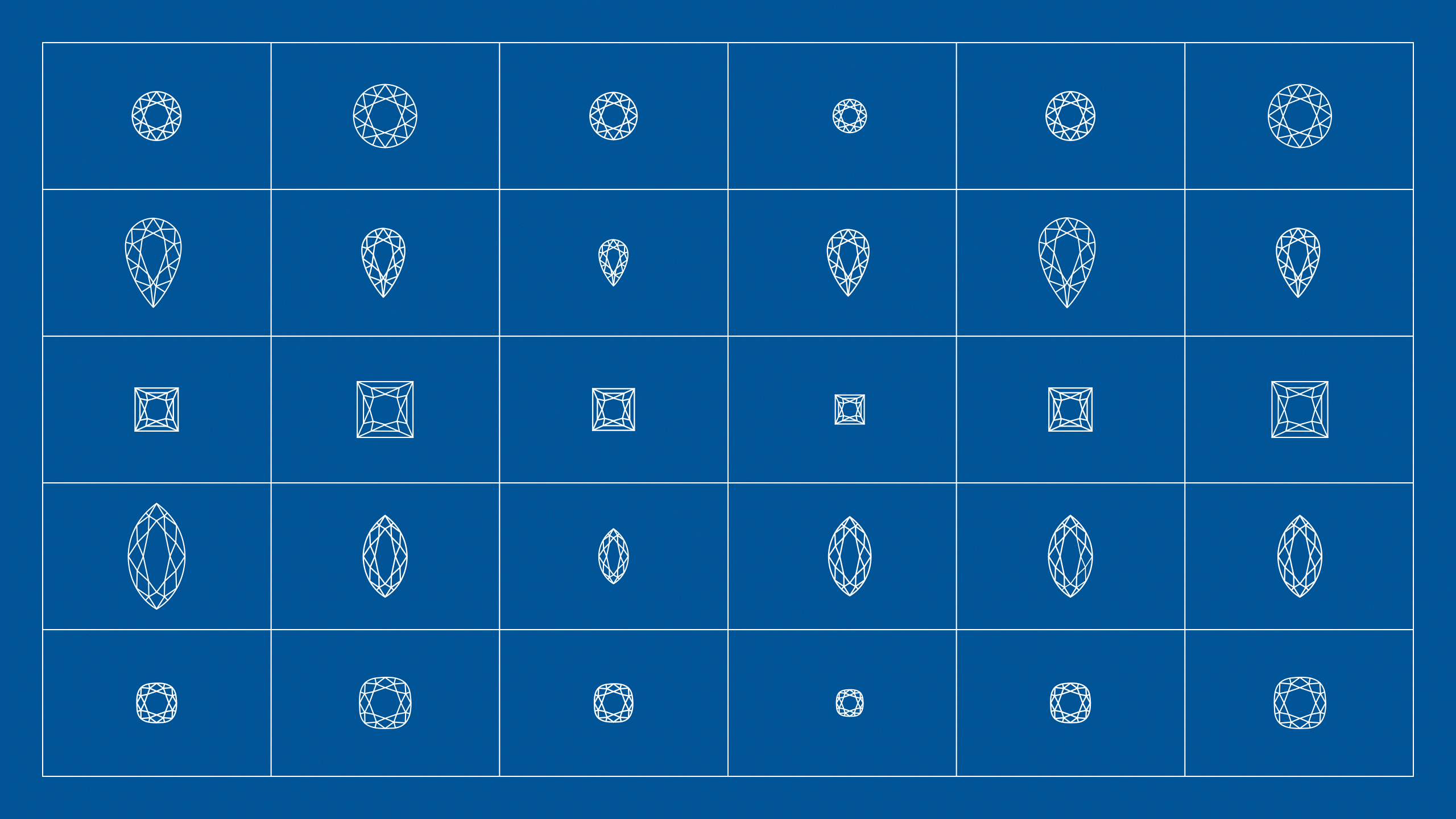
In the world of natural diamonds, where passion, allure, heists, and centuries of captivating history converge, one pivotal element emerges as the linchpin to these enchanting narratives. While it might initially sound like a touch of hyperbole, the reality remains crystal clear: the introduction and universal embrace of the Carat as the definitive unit of measurement for natural diamonds have wielded an unparalleled influence over the intricate trade and commerce of these cherished gemstones.
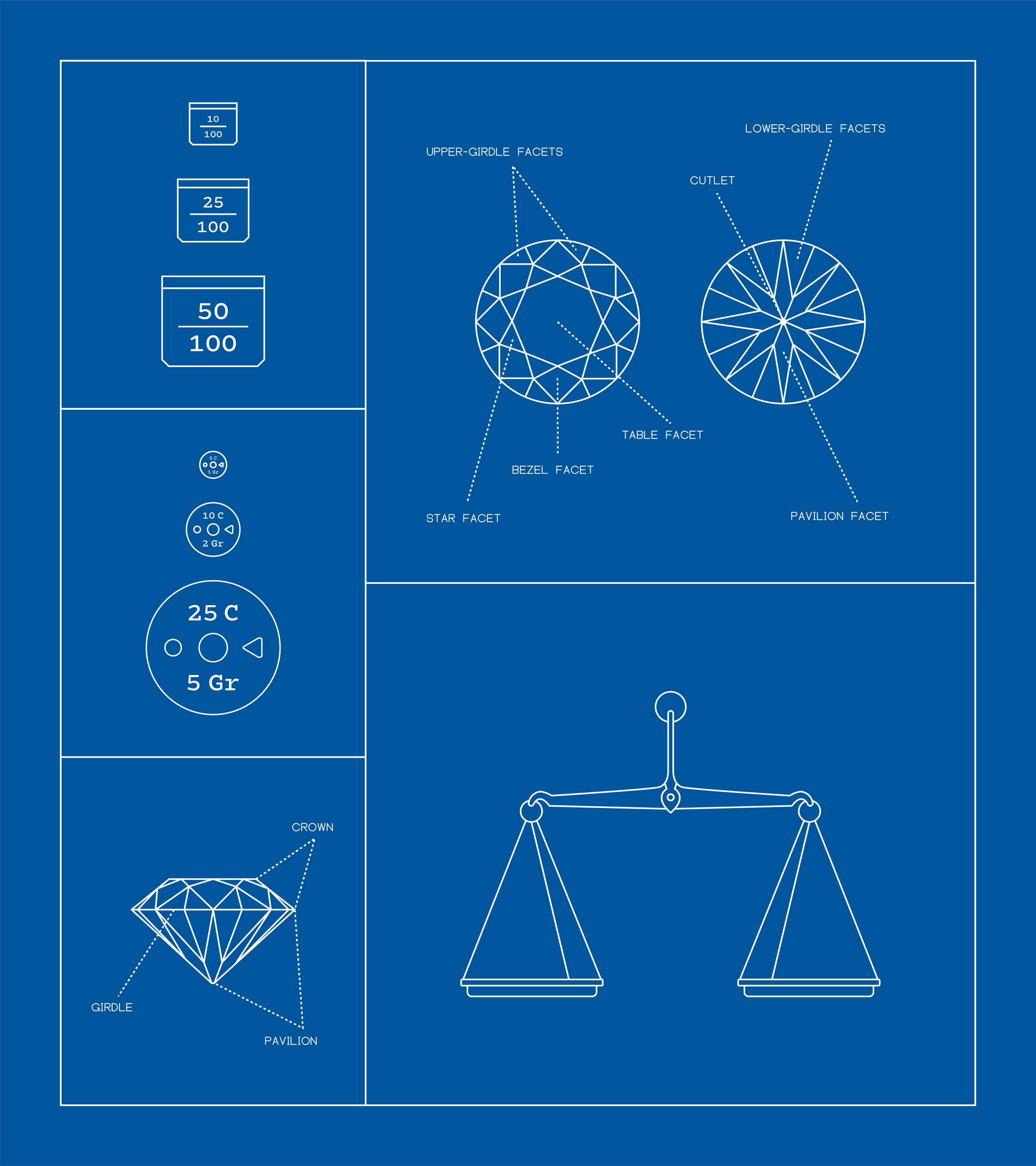
But why should you know about how this unit of measurement came about? Was it a mortal attempt at measuring the timelessness of these pieces? Or was it a pure economic strategy that benefitted the international trade?
For millions of lovers of these shiny stones, having access to a transparent purchase of a natural diamond has been the key to the rise of diamond trade across the world. What earlier thrived in silos, shrouded in mystery as a business, with the standardisation of a measuring unit now boasts of clarity and transparency in its operations.
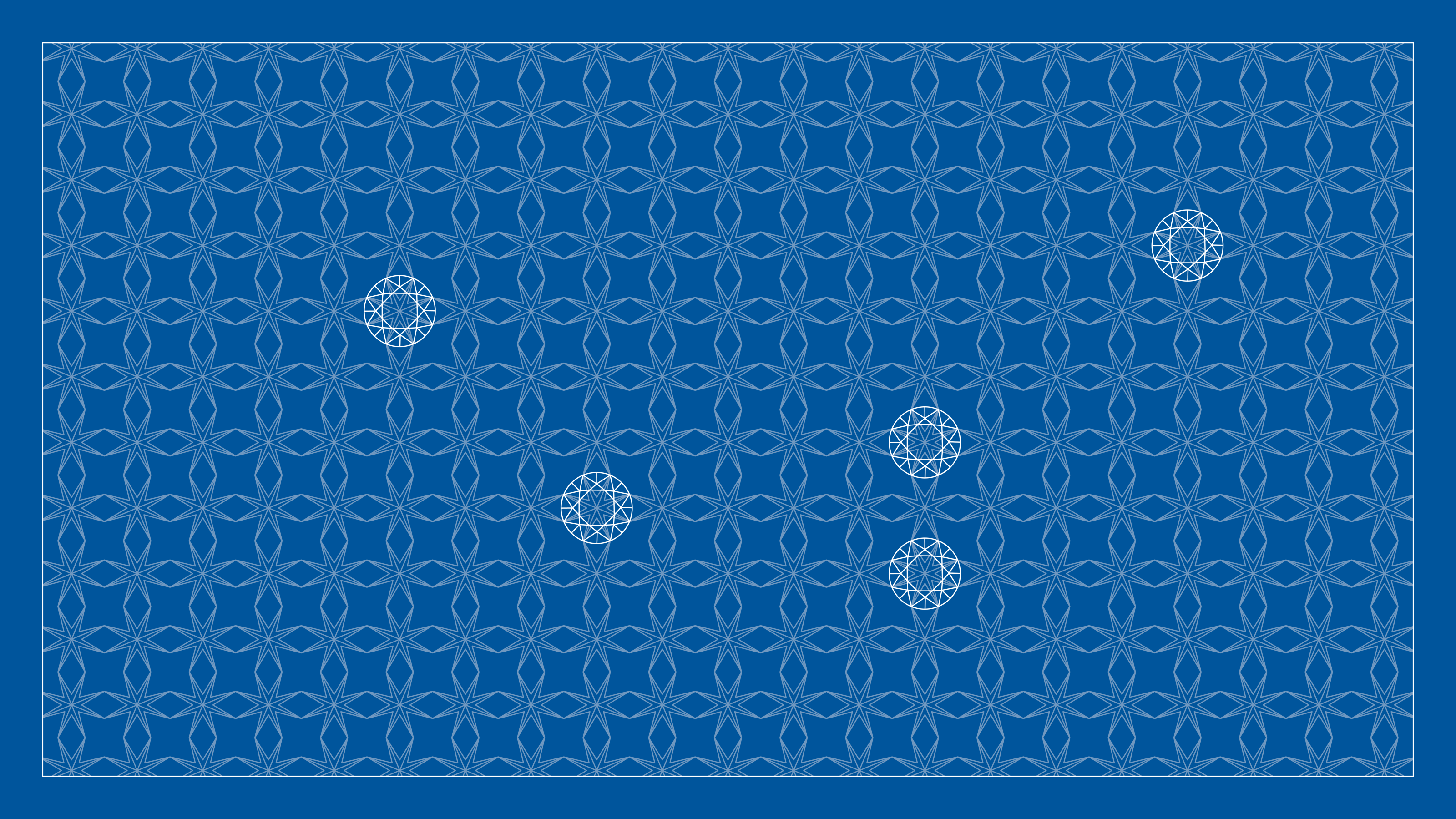
Imagine being a young natural diamond merchant in Golconda in the 17th century, soon after the diamond rush, you’ve got the choicest pieces in your possession, but your market is limited to the local patrons only because you measure the weight of diamonds on your shelf using the fully ripe seeds of the Gunja plant. You call it ‘ratti’ and only your local community knows how to measure and rate it.Your market is limited and as a businessperson, you want to expand. Now this is where it gets interesting as a lesson in history and economics. While the Indians were measuring the weight of diamonds in ‘rattis’, their French and Italian counterparts were using a similar seed from the carob tree. The long, brown pods of the carob tree were known to have consistent weight, making them suitable to put on the scales when measuring precious stones like natural diamonds. The weight of the carob seed in Arabic is called ‘qirat’, giving the name to this measurement unit of a Carat.
One of my favourite Ratti-Carat stories is from the time of the Mughal Emperor Shah Jahan.. Around 1665 the Shah’s son, Aurangzeb, showed a diamond to the famous jeweller and world traveller Jean Baptiste Tavernier. Referring to this interaction. Tavernier wrote in his book ‘Six Voyages’”The first piece that Akel Khan (Chief Keeper of the King’s jewels) placed in my hands was the great diamond, which is rose cut, round and very high on one side. On the lower edge there is a slight crack, and a little flaw in it. Its water is fine, and weighs 3191⁄2 Ratis, which makes 280 of our carats, the Rati being 7⁄8th of a carat.”
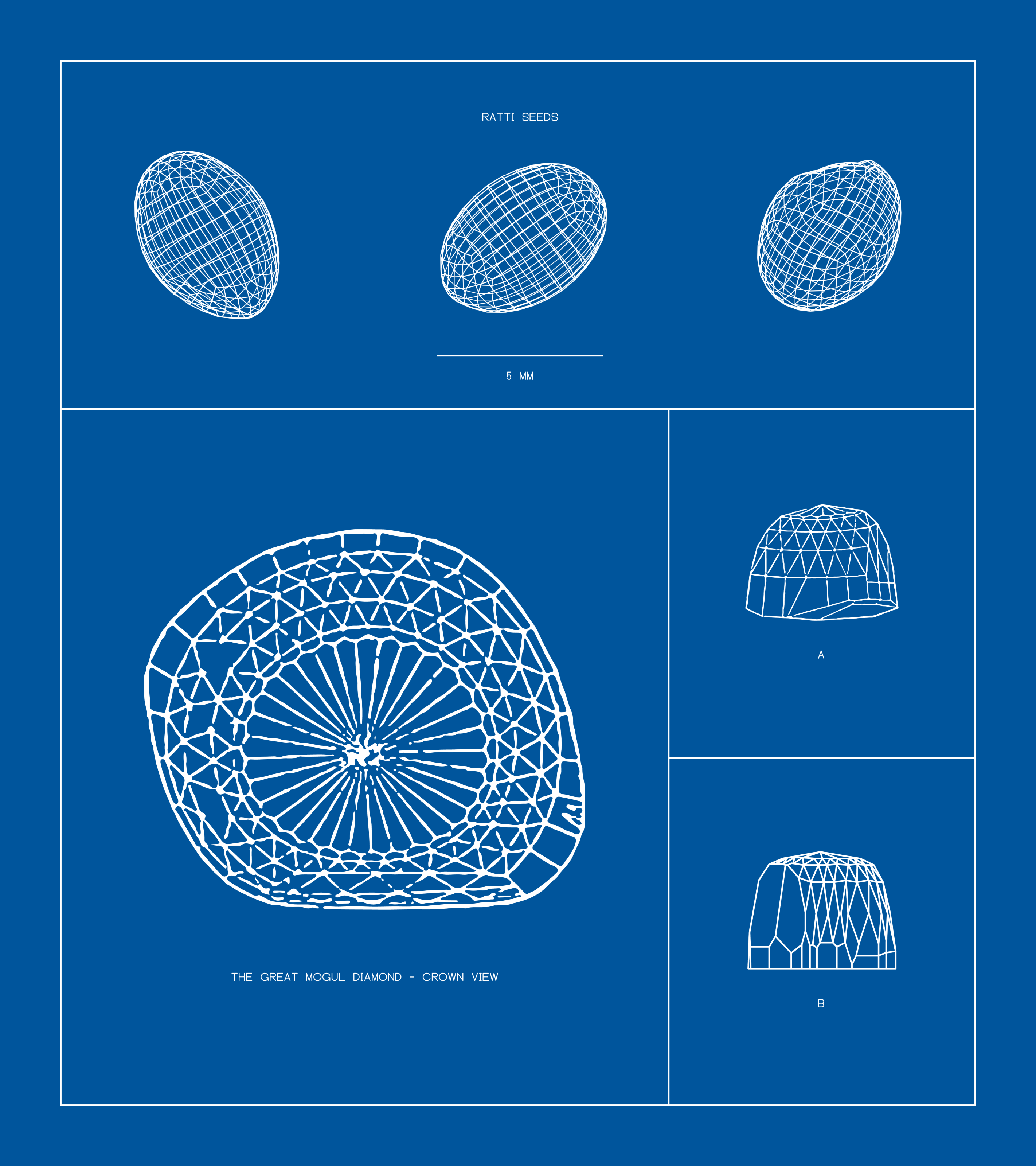
Imagine having a business deal where your understanding of the weight of the goods on sale is different from your customer, not great for business.
Before 1907, Carat adoption as an internationally accepted unit for diamond weight varied across different times and countries, with at least twenty-three carat standards ranging from 187.00 mg to 215.990 mg. It was during a convention at the Fourth General Conference on Weights and Measures in Paris in the year 1907, that the weight of a Carat was defined as 200mg or one-fifth of a gram.
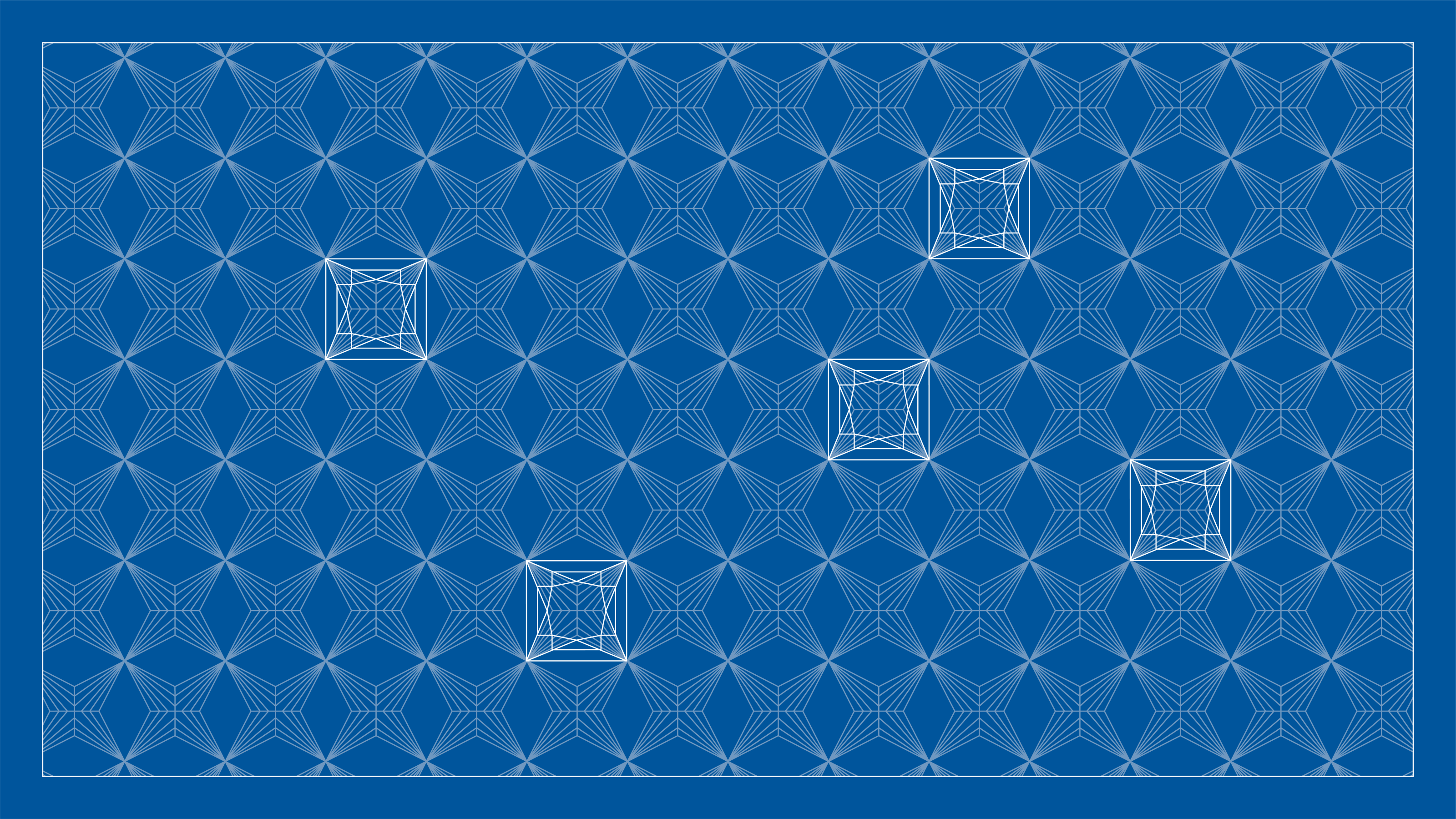
The metric carat made diamond trading more efficient and transparent by providing a universally accepted reference point. It eliminated ambiguity and allowed buyers and sellers to communicate more effectively, ensuring fair transactions. The adoption of the metric carat was a vital milestone in the evolution of the diamond industry and set the stage for the modern diamond market.
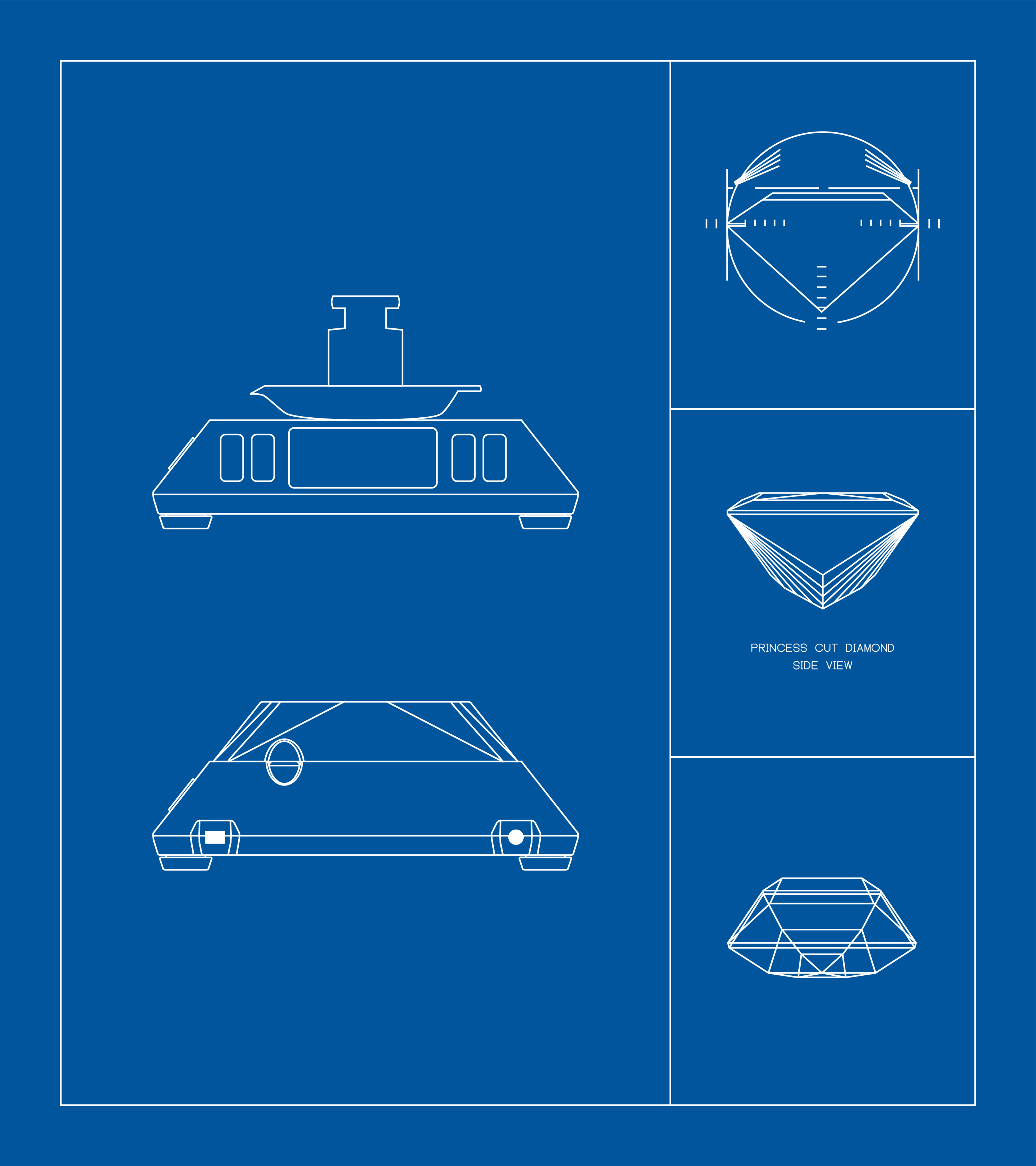
Even a very minor error in weight measurement of precious natural diamonds affects the value of the piece. With advancements in technology – the use of electronic scales and imaging techniques, carat measurement is very accurate. Nowadays, the weight of a natural diamond measured using high-precision scales and gemological tools can be accurate to the nearest hundredth of a carat (0.01 carat). This has reduced the margin of error in carat measurement, allowing for more precise assessments of a gem’s weight and quality, which is crucial in determining its value.
While the Carat has definitely made natural diamond trade easier, and you can easily spot an authentic merchant based on the tools he uses, I wonder if the customers in the 19th century spotted a diamond trader from a distance based on the number of carob trees in their garden? Wouldn’t that be an interesting story to tell!
